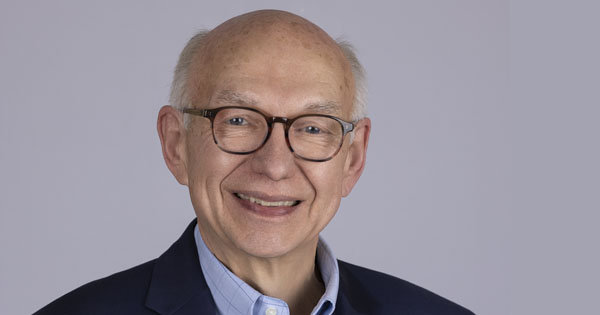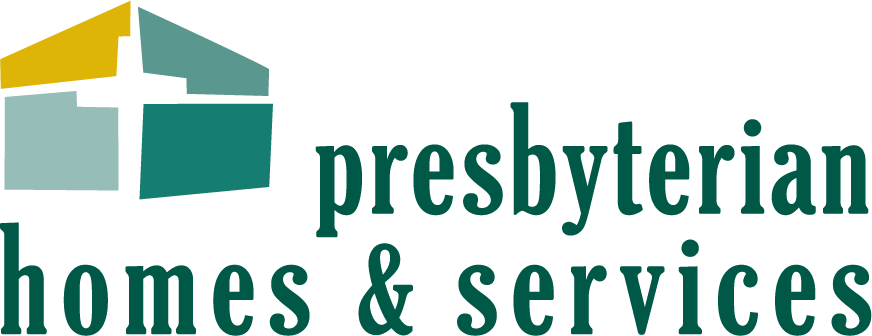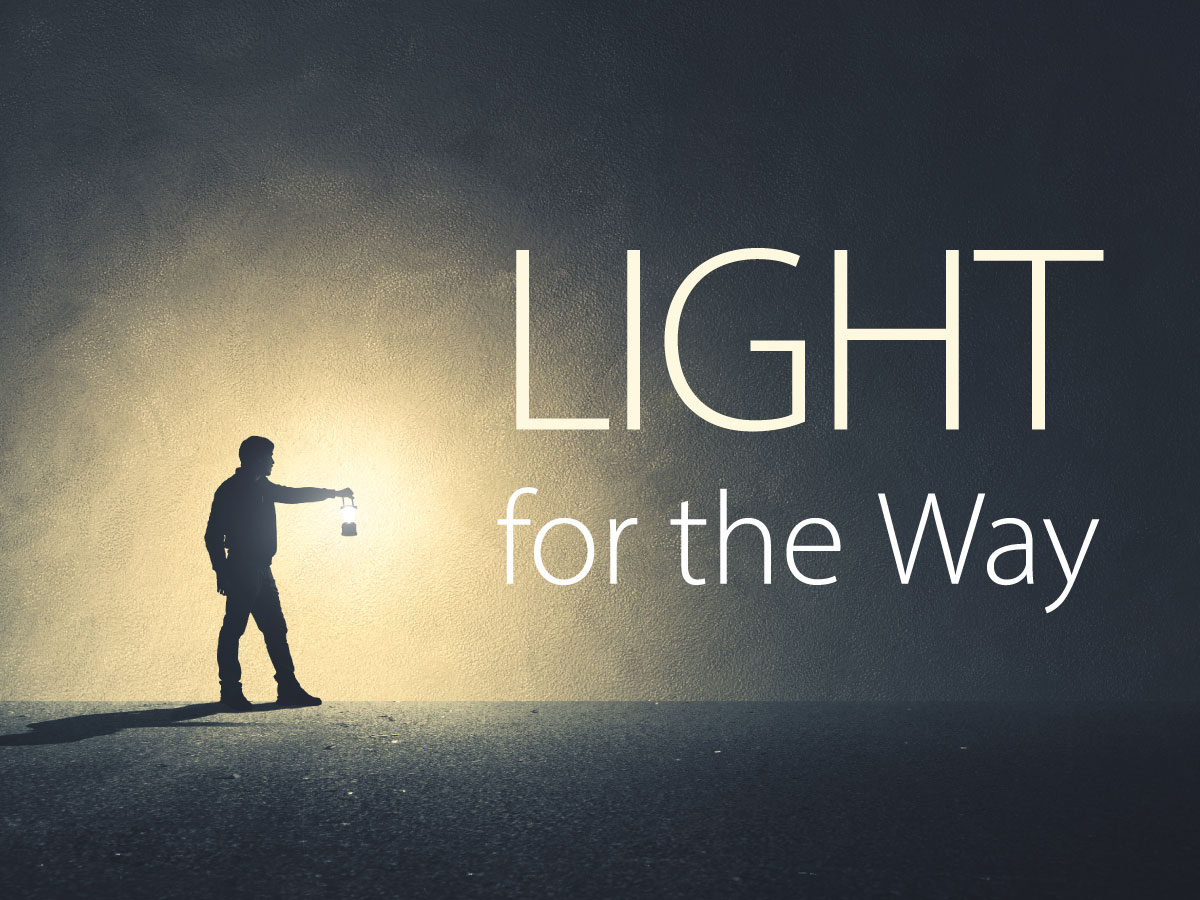 Growing up in his father’s rural churches in southwestern Minnesota, Dan Lindh saw firsthand the needs of older adults. This sparked a lifelong passion for service, one that defines his long tenure as president and CEO of Presbyterian Homes & Services (PHS), the third largest nonprofit provider of senior housing and services in the nation.
Growing up in his father’s rural churches in southwestern Minnesota, Dan Lindh saw firsthand the needs of older adults. This sparked a lifelong passion for service, one that defines his long tenure as president and CEO of Presbyterian Homes & Services (PHS), the third largest nonprofit provider of senior housing and services in the nation.
Inspired by a world growing older, Dan is shaping a vision of a thriving future for older adults. As he prepares for his next chapter, his expertise in senior care continues to make a difference, impacting communities in Minnesota, throughout the Midwest and beyond.
In this Q&A, listen in as Dan discusses overcoming challenges, seizing new opportunities and shares advice for the next generation of leaders.
PHS: We’d love to hear about your journey in aging services. What early skills or experiences propelled you towards leadership roles?
Dan Lindh: I had been called to this work — a continuation of how I grew up in smaller communities. So, in the mid-70s I started as an accountant at PHS. Going back to get my long term care administrator’s license after a few years allowed me to go deeper, do more. The University of Minnesota enabled me further to fulfill that purpose by broadening my range of service to people with more frailties and addressing significant societal needs.
PHS has a long history of serving older adults as a nonprofit mission. Can you describe how PHS approached this mission in the early days, and how has their strategy evolved to meet the changing needs of the community?
When I started, we were connected to 3M, and we spent time on research and development, coming up with creative ways to serve small numbers of older adults with very low income. Then we would transfer that knowledge gained from experimental programs to other organizations, sometimes other countries.
Sometime later we had what I call a kairos moment, a partnership that challenged our economic model. I was personally involved with an expensive issue we were trying to solve, for several years. From a Christian perspective, God allows those circumstances in our lives for reasons we can’t see at the time. …
Along with some provocateur conversations about our strategic plan, as reviewed by very competent people, we were challenged to think more externally than internally. So we really had to think about who we as an organization are now, and it’s probably not going to be what it was in the past. I had that opportunity — with Barry Knight — to develop a strategic plan for the organization, which is essentially the same plan, just different iterations that we have today.
It came to be about growth, multi-value streams and concentrated scale, which is a kind of unique tactic in which you develop a lot of services, buildings and community capacity, all within a pretty tight timeframe.
So today, for example, in the Twin Cities alone, we have 42 communities, and we probably serve 20,000 people. We serve 27,000 overall including those living in communities in Iowa and Wisconsin.
With that, you start to think about population health and about how you can have comprehensive systems to help serve older adults that you couldn’t do from a smaller platform.
For example, we’ve extended into things like 1.5 million home delivered meals a year to older adults with low income, partnered with a primary practice of 62 doctors and nurse practitioners as well as secured a value-based contract with CMS and a 182 million per year partnership with Allina and other providers.
All of this arises from a platform of organizational effectiveness and mission fulfillment — in potentially creative ways but for sure in comprehensive ways — to help from end to end the average person who is roughly 85 when they come to live with us.
Residents range in age from 60 to 110, and they stay with us for an average of seven years. They represent families and communities, and we’re committed to helping older adults find home and experience community. I like to think we can help provide people and their needs wherever they’re at, wherever they call home.
As PHS expands its reach, what are some of the biggest challenges now or on the horizon? Conversely, what exciting opportunities do you see for innovation and wider impact?
People used to ask me what I do, and I’d answer that I work in older adult services, and I could hardly get that many words out of my mouth and people would fall asleep. Not so much anymore. People almost always want to engage in some way because they get just how significant the aging population is. We’re a different world. And we’re about to be entirely different in a hurry.
The number of older adults in our state will more than double in next 15 years, and it’ll grow until about 2050 and then stabilizes. Meanwhile, the workforce maybe grows 4 to 5 percent, but the demand for the workers in our space will grow by at least 45 percent, maybe 50 percent.
That’s a kairos moment, which means what we’ve been doing up till now won’t stay the same. And if we’re going to be different, it’s going to require workforce to be different and it’s going to require new creative models in how we help older adults build their own networks and self-efficacy.
How do we keep people at home, how do we keep older adults more independent, how do we provide lower cost services and more affordable housing?
It requires partnerships, thinking across siloes of education, acute care, primary care, medical support services and technology to help people maintain their independence and stay at home. And how do we help older adults be part of a growing economy when they have less time and fewer abilities to engage?
The emerging older population in our society profoundly impacts the quality of life for the whole state and, really, the nation and the globe. This is an international issue that requires new kinds of workforce. It requires an entire ecosystem with acute care and rethinking how the dollars flow out of Medicare and Medicaid, how the federal and the state governments determine their budgets and what percentage of funds we’re able as a country and as a state to allocate among the many needs we have, from education to infrastructure to the judicial system.
Every one of those creates a leadership opportunity and demands some of the best thinking we can come up with.
What advice do you have for the next generation of leaders?
Leadership is about getting a good grasp on all the circumstances in the environment and a sense for what’s directionally happening, and where change needs to occur. Also, [leadership is] being able to step into that space to shape the organization’s strategy, vision and services without any barriers in thinking due to what the past has been or what the current frameworks are. It’s being pragmatic but also detached from existing structures and thinking very creatively about a different future. And I think it’s more essential now than it’s ever been.
The changing society and how people think, how they want to engage in work, how older adults are aging and what that looks like for them … all must be rethought. Because it’s already different and it’s about to be a lot more different not too far down the road. It’s a daunting thing.
What gives you hope, even in the face of daunting challenges?
There’s a lot of hope because we are in a growing field. Any time you’re in a growth market and change is happening, by definition there’s opportunity. With the environment and circumstances that we’re in, there’s more opportunity than there’s ever been.
Hope is absolutely necessary if we’re going to thrive. You can’t thrive without engaging all society; you can’t thrive without 20 to 25 percent of society being engaged as they possibly can be. How can we help position work so that older adults can do more and be a more integral part, and with that, have more purpose and more hope?
Part of what’s at stake is basically the quality of life for all Americans.
Because if we can keep people productive — really productive — and if we can help those newly entering the workforce too and extend that productivity and engagement for societal good, it can make a big difference in terms of how the whole economy performs.
I also find hope in the science of genome testing and predictors about wellness techniques and people taking better care of themselves — essentially, better science around keeping people more independent longer and being purposeful in their living and engaged in what they do.
So how can we help people live longer and more purposeful at the same time? There’s a lot of hope in that one.
Looking for purpose? Come work with us.



